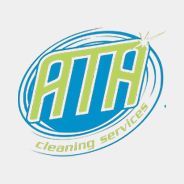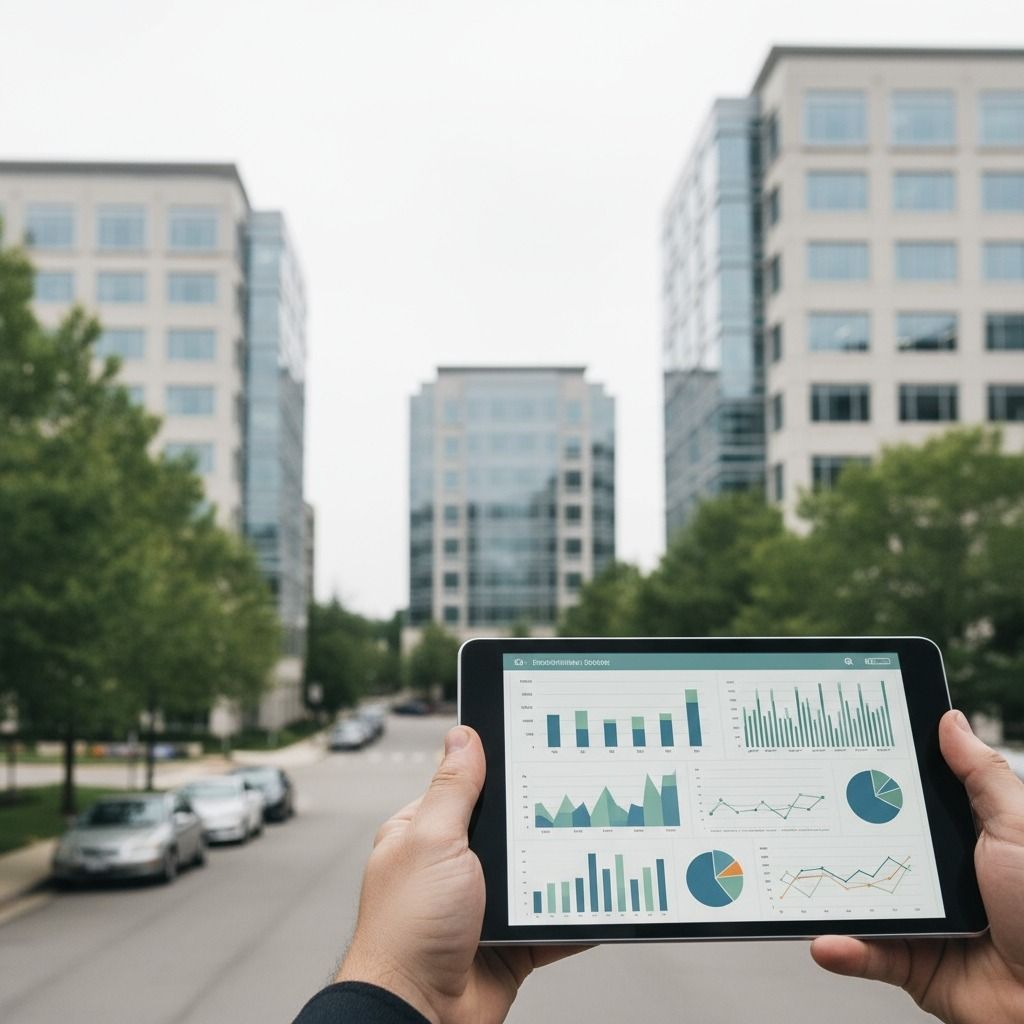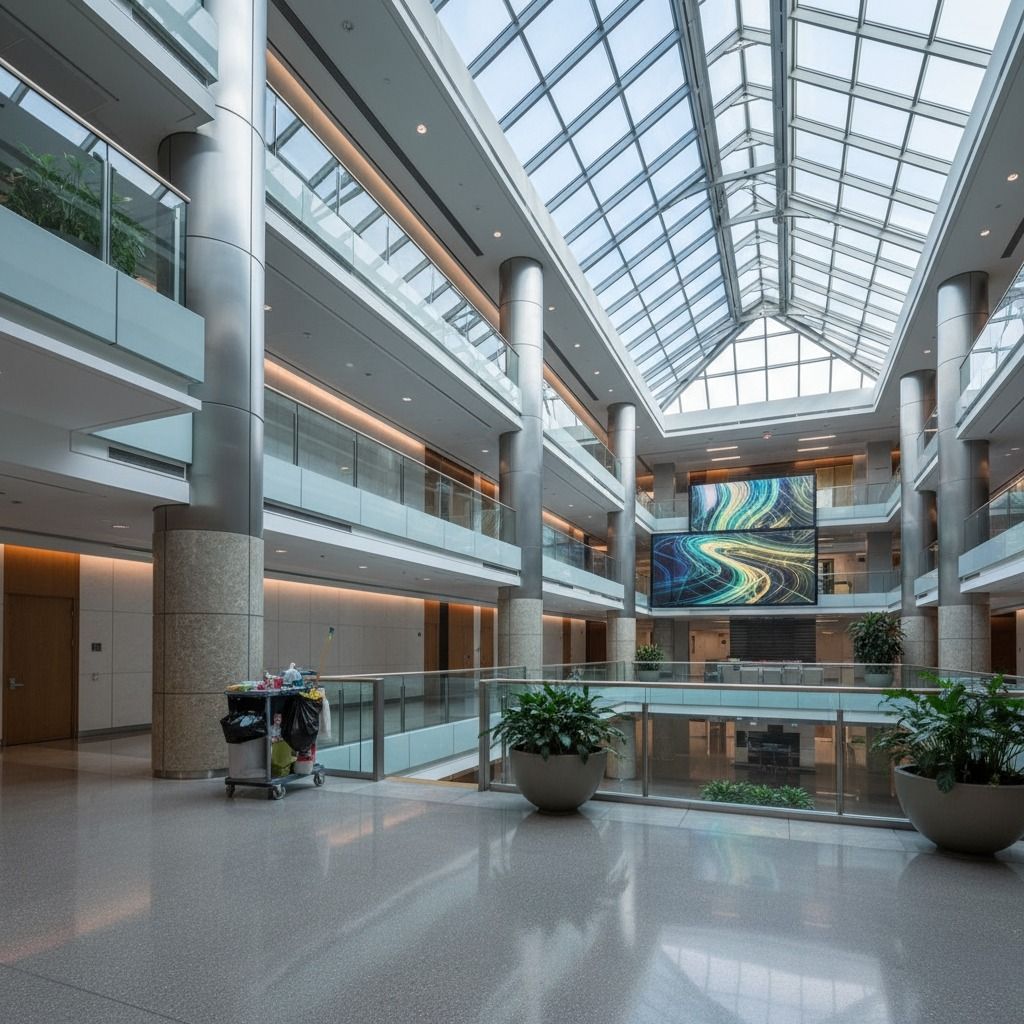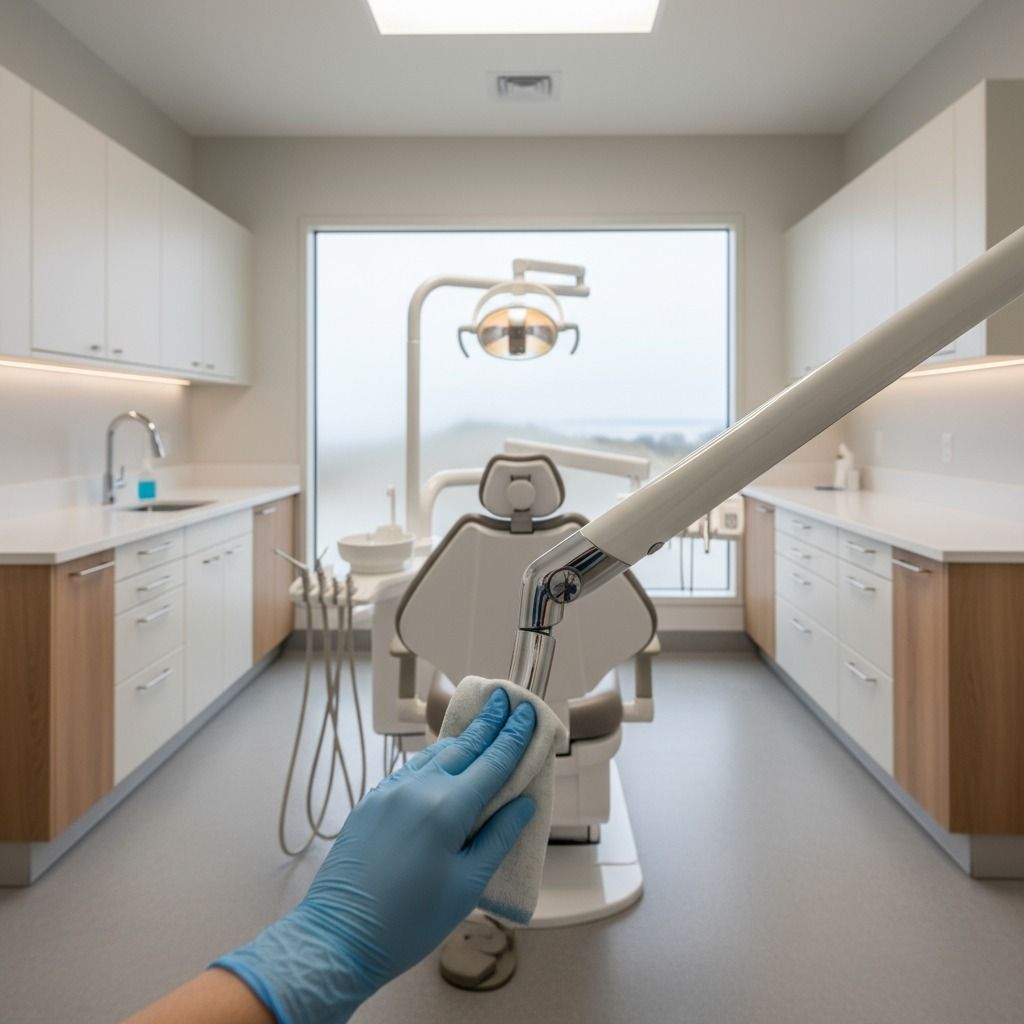Green Commercial Cleaning That Passes Procurement

ABOUT
Green Commercial Cleaning That Actually Holds Up in Procurement
From interviews with procurement and ESG leaders:
I've had vendors try to pass off a bottle of vinegar-and-water as a "green program." My job is to meet tangible ESG goals and protect occupant health, which means I can't buy greenwash. I need a cleaning program built on third-party certified products, transparent reporting, and inspection-based proof that the work actually holds up.
Scope / What to Lock Down (ESG Realities)
01
- Certified Product Mandate: The scope must require the primary use of products certified by a recognized third party, such as Green Seal or ECOLOGO.
- Consumables Matrix: Specify recycled content percentages for all paper products and towels. Mandate a can liner right-sizing program to reduce plastic waste.
- Low-Impact Equipment: Require the use of high-filtration, CRI-certified vacuums and auto-scrubbers that use less water and fewer chemicals.
- Waste Diversion: The vendor's responsibilities for managing and documenting recycling and composting streams must be clearly defined.
- Fragrance-Free Zones: Designate areas (e.g., near sensitive occupants, in healthcare wings) where only fragrance-free products may be used.
02
SLAs, KPIs & Proof (Inspection-Based)
- KPIs: Track metrics that prove the program's effectiveness. Key examples include Waste Diversion Rate (target > 40%), Certified Product Usage Rate (>90% of total spend), and a reduction in occupant complaints related to air quality or chemical sensitivity.
- Auditable Records: Require the vendor to maintain an auditable trail, including product purchase orders and waste hauling receipts, to validate your ESG reports.
- Reporting:
The vendor must provide a quarterly ESG dashboard summarizing waste diversion metrics, certified product usage, and any training completed.
03
Pricing Drivers (What Moves Cost Up/Down)
- Certified Product Mix: While the cost gap is narrowing, some high-performance green products and floor finishes still carry a small premium over traditional chemicals.
- Equipment Upgrades: The capital cost of investing in modern, efficient equipment may be reflected in the initial contract price.
- Waste Hauling & Tracking: The administrative time required to manage and report on multiple waste streams can be a factor.
- Training Time: Effective green cleaning is technique-dependent, requiring more investment in staff training on things like proper microfiber use and dilution control.
- Long-Term Savings (Offset): A well-run green program reduces costs through longer floor finish life, fewer occupant complaints, and healthier, more productive employees.
Field Walk-Through Checklist
04
1. Identify all areas with sensitive occupants or specific ventilation challenges.
2. Map out all current and desired waste stations (trash, recycling, compost, etc.).
3. Review current consumables (paper, liners, soap) to identify opportunities for improvement.
4. Establish the specific metrics required for your internal ESG or sustainability reporting.
5. Discuss any building-specific goals, such as achieving LEED or WELL certification.
Step Vendor Vetting
05
1. Request a complete list of the Green Seal or ECOLOGO certified products they propose to use as their primary system.
2. Ask for a sample quarterly ESG report so you can see how they track and present data like waste diversion.
3. Review their training program outline for green cleaning procedures and chemical-free techniques.
4. Get references from clients for whom they manage a comprehensive green cleaning program.
5. Inquire about their their experience supporting clients with
LEED, WELL, or other green building certifications.
Faq
Frequently Asked Questions
Does green cleaning actually cost more?
Initially, there can be a small premium for certified products and better equipment. However, most organizations find the total cost balances out or even decreases over time due to operational efficiencies and improved occupant health.
Can you disinfect with green products?
Yes. While many green cleaners are not disinfectants, there are numerous products on the EPA's List N that are also Green Seal or ECOLOGO certified. A good program uses disinfectants targetedly, only where and when needed.
What are my options for fragrance-free cleaning?
Nearly every major line of certified green cleaning products includes effective, fragrance-free options. This should be an easy requirement for any professional vendor to meet.
How does green cleaning affect floor slip resistance?
Properly maintained floors using certified green finishes and cleaners meet or exceed industry standards for slip resistance (DCOF). Poor techniques, not the products themselves, lead to slippery floors.
How can my cleaning program contribute to ESG reporting?
Your vendor can provide hard data on waste diversion percentages, reductions in chemical and water usage, and sustainable purchasing (e.g., % of spend on certified products), which flows directly into your corporate sustainability reports.
Contact us today and schedule your assessment.
Click below and send us your message





